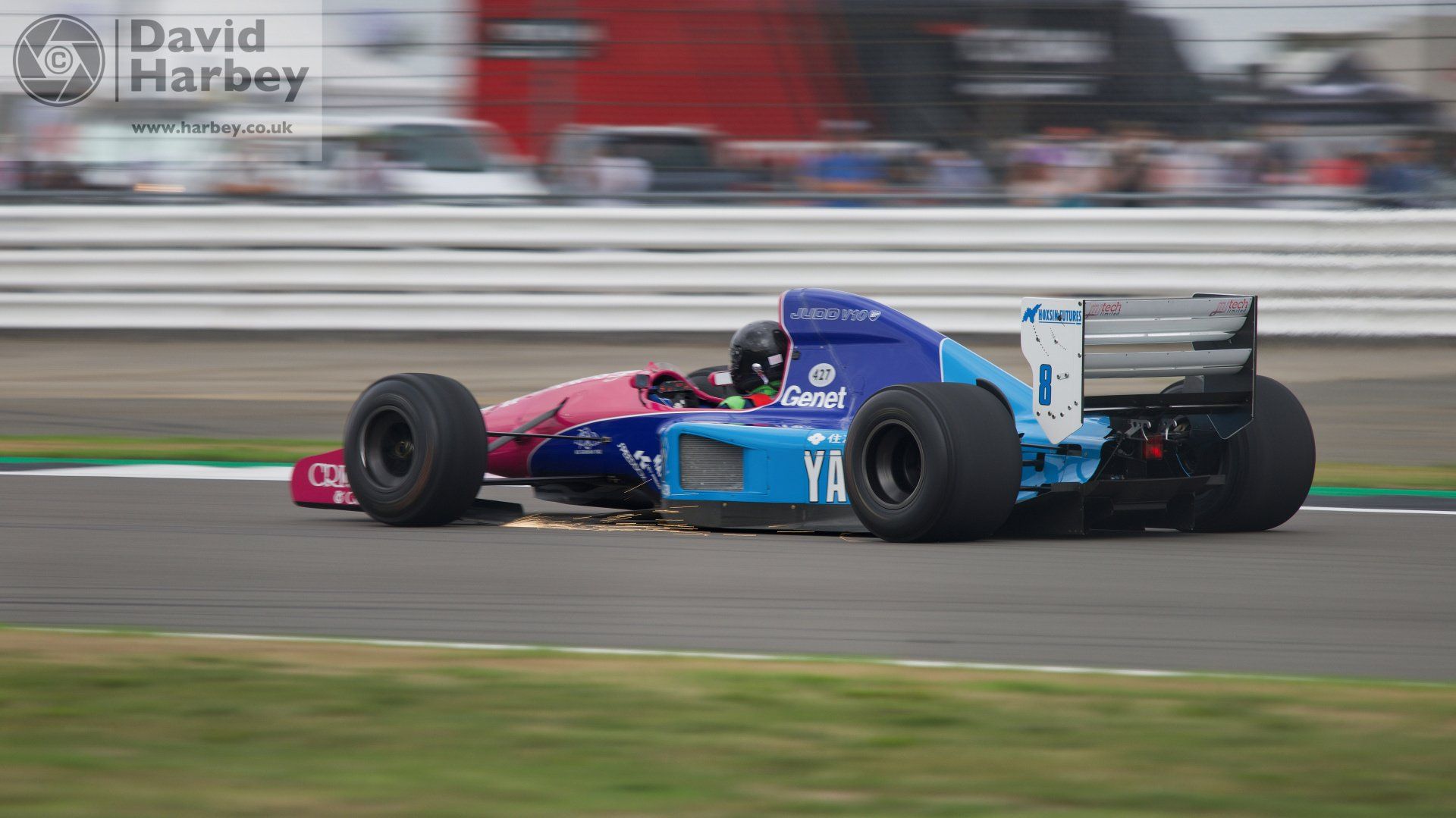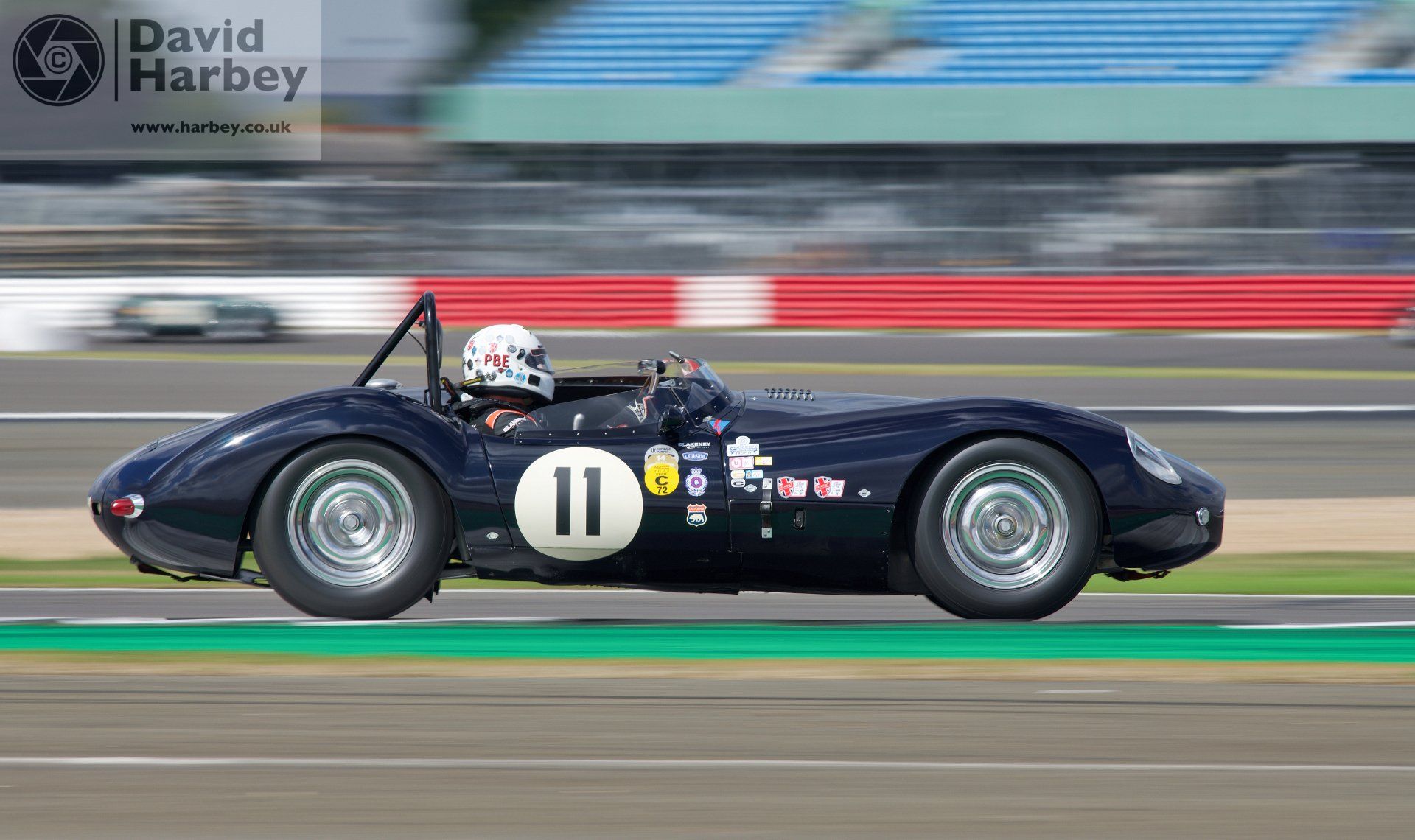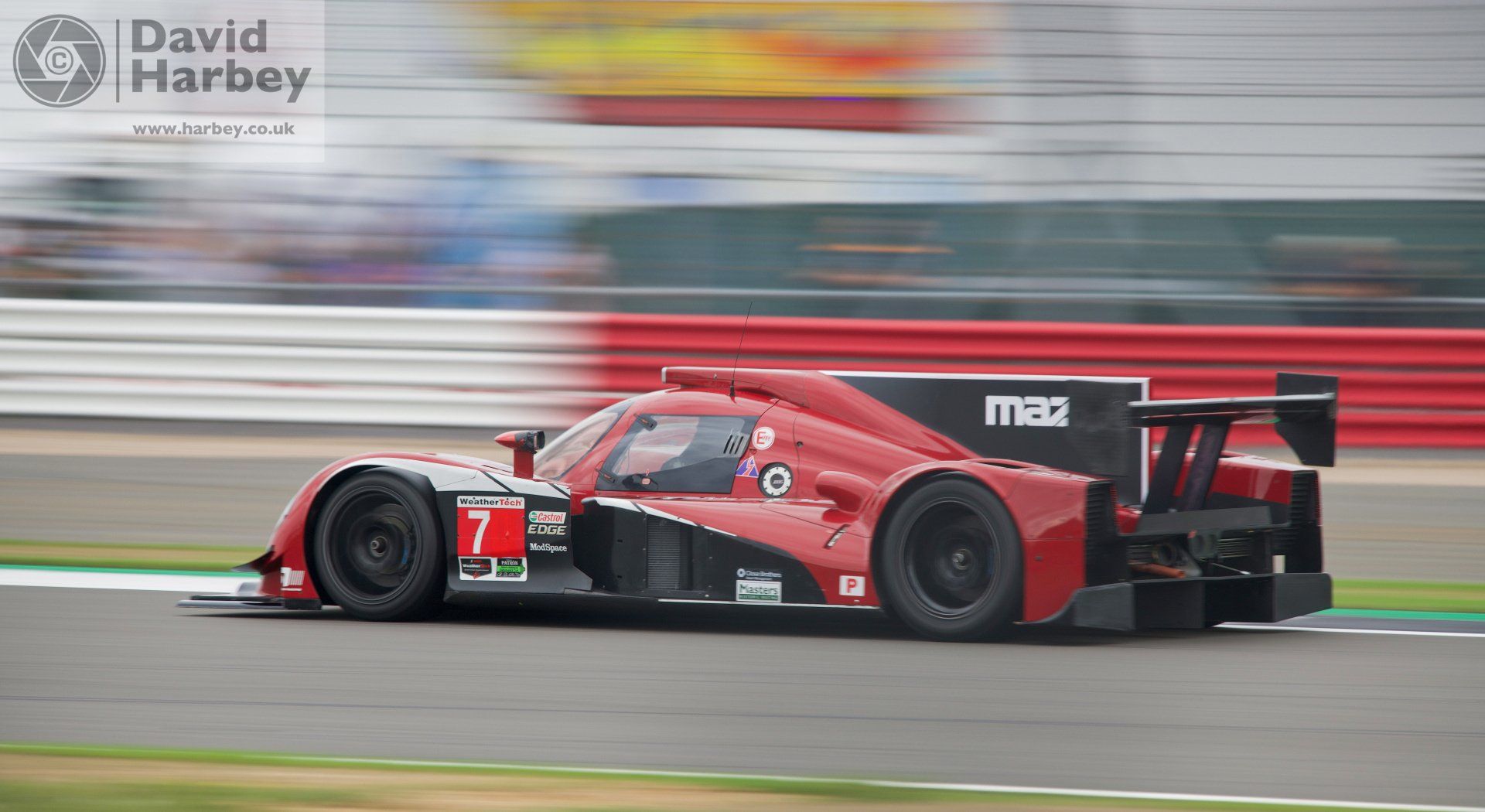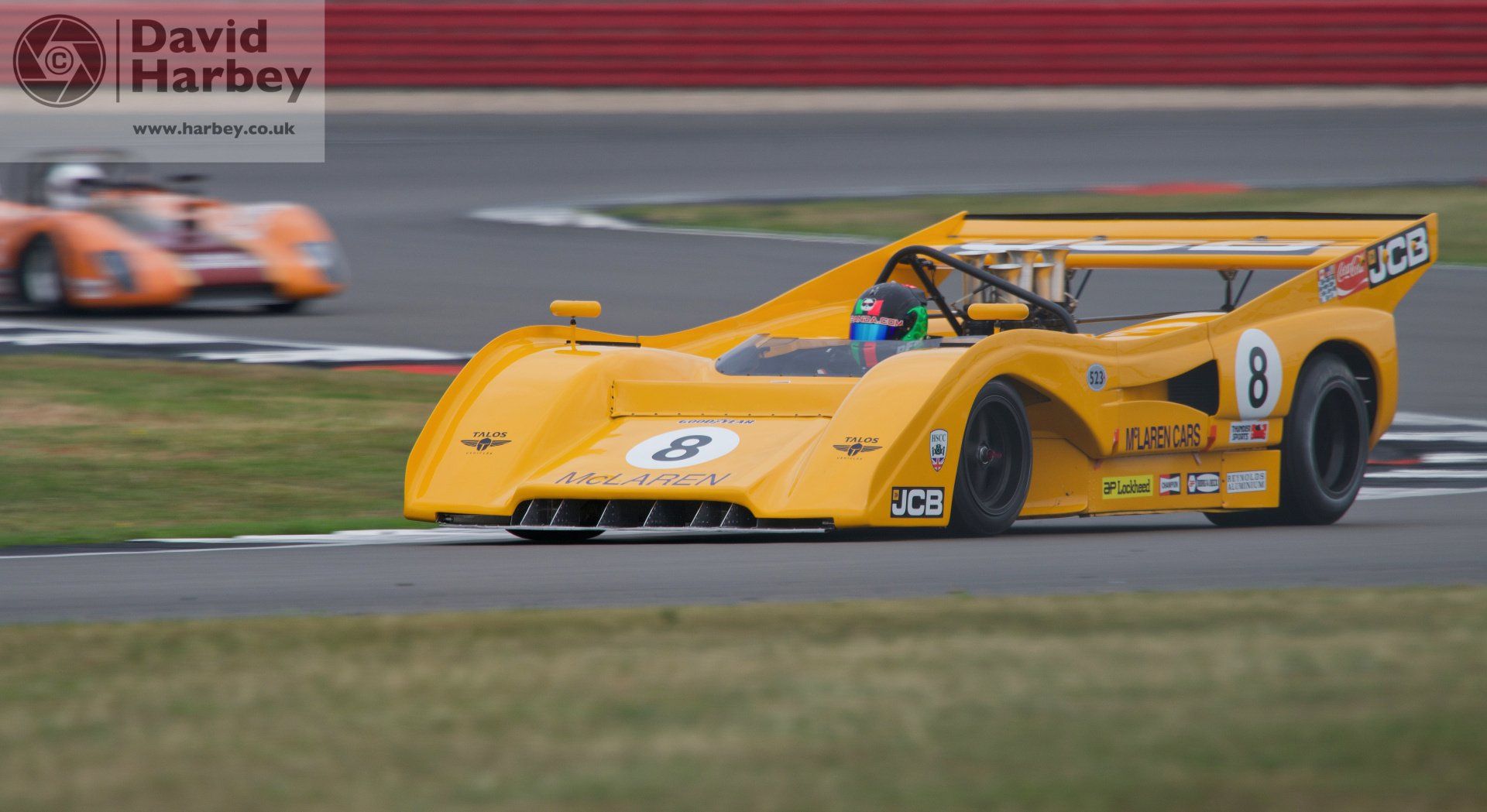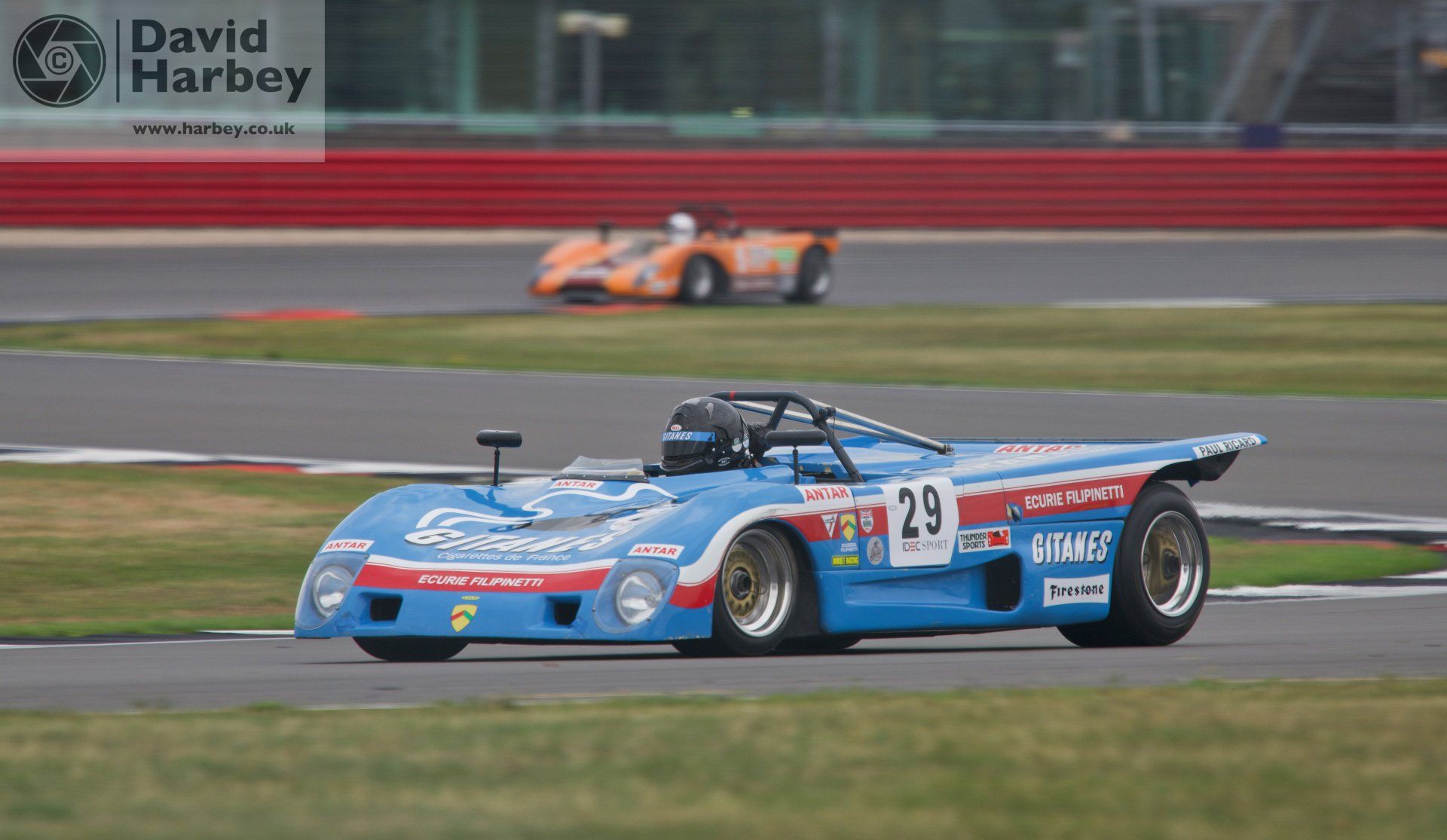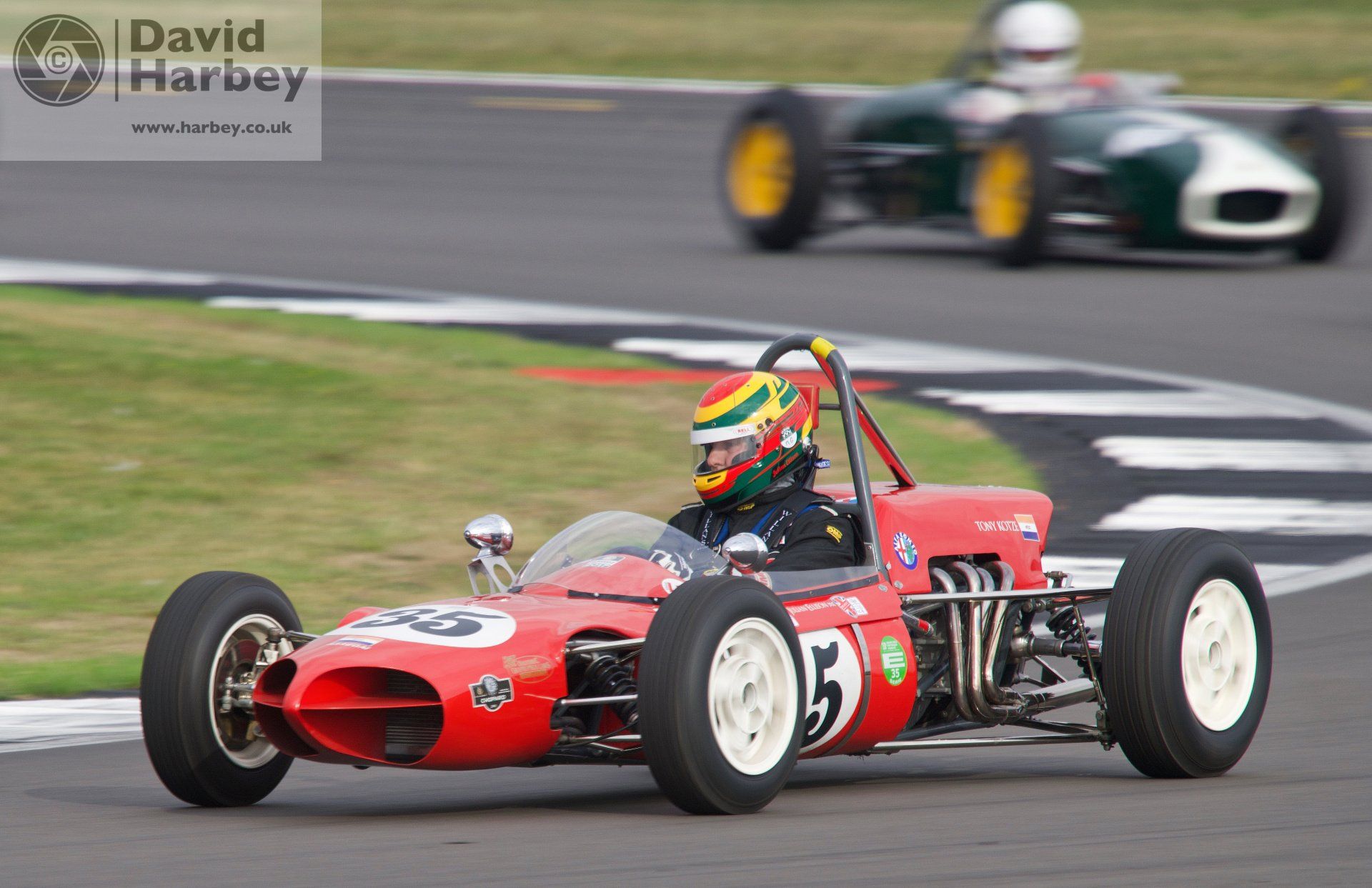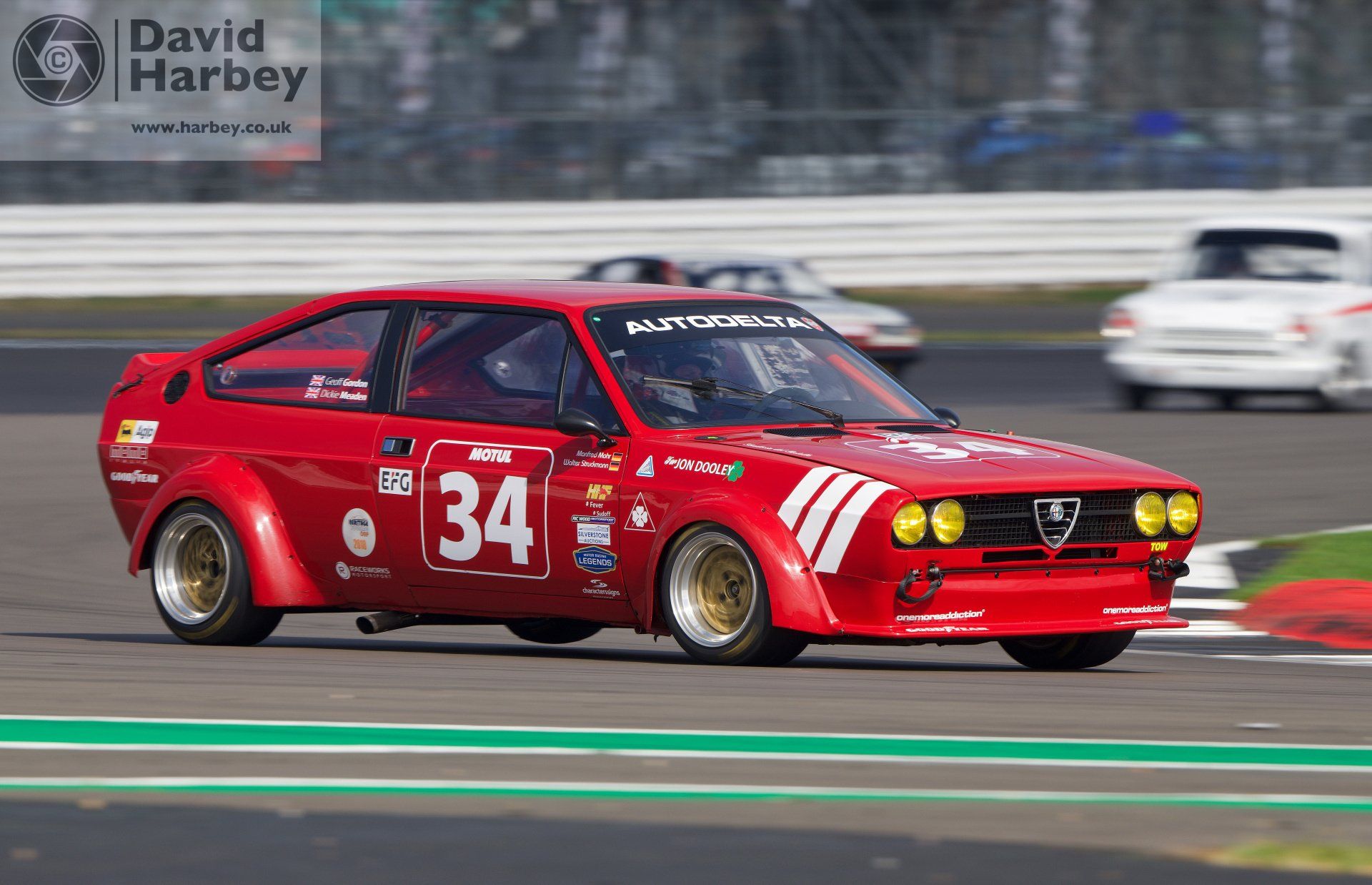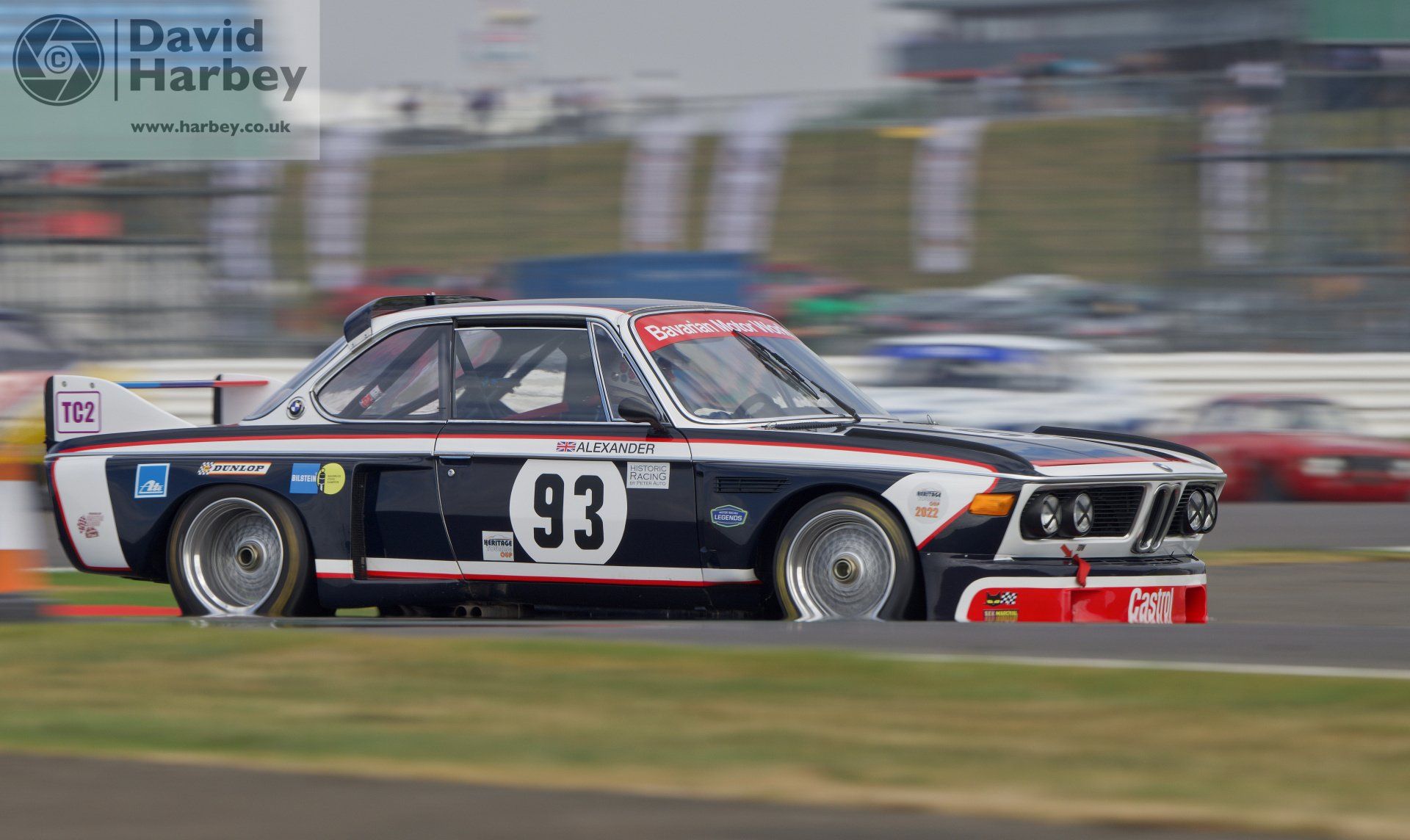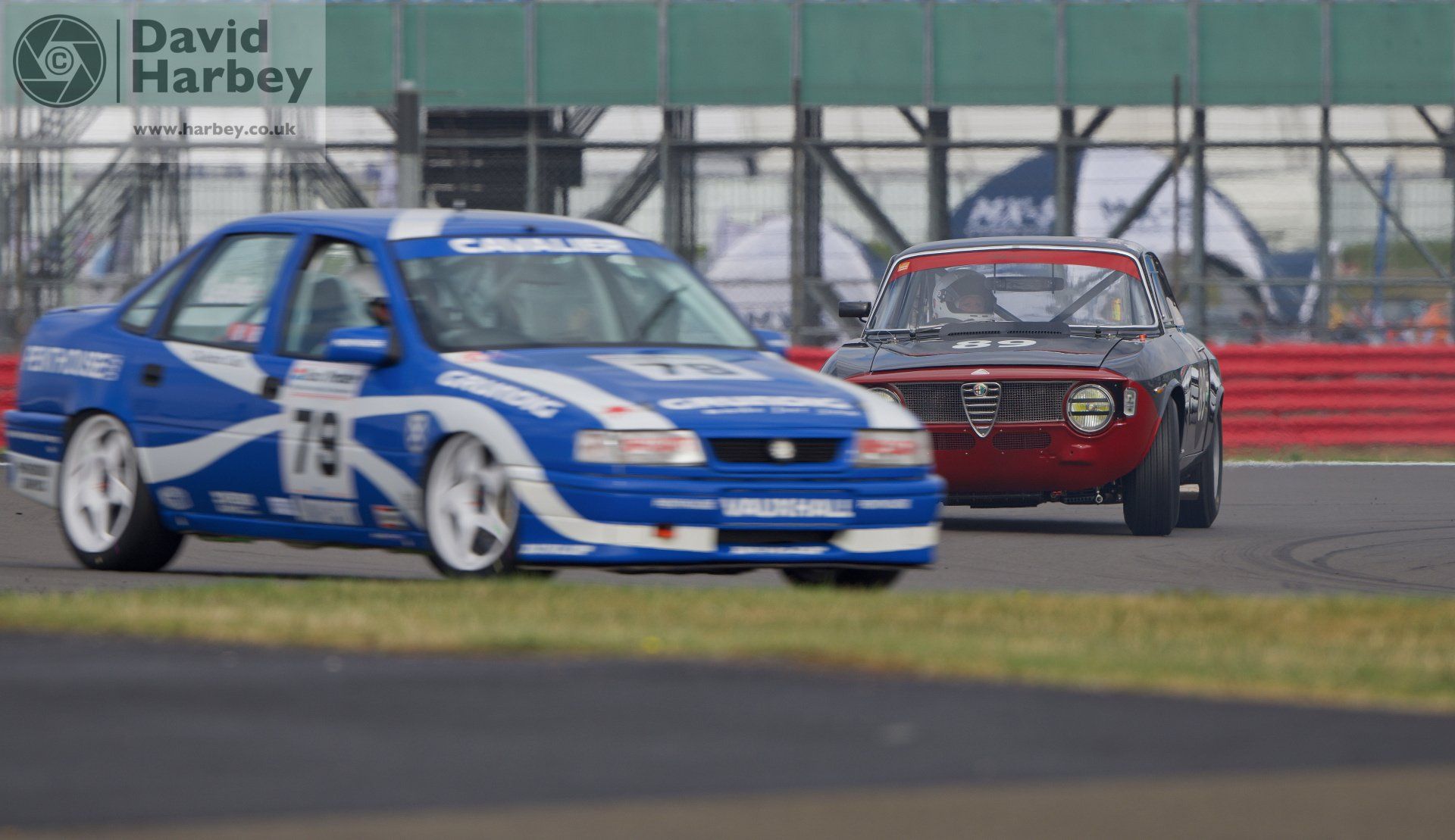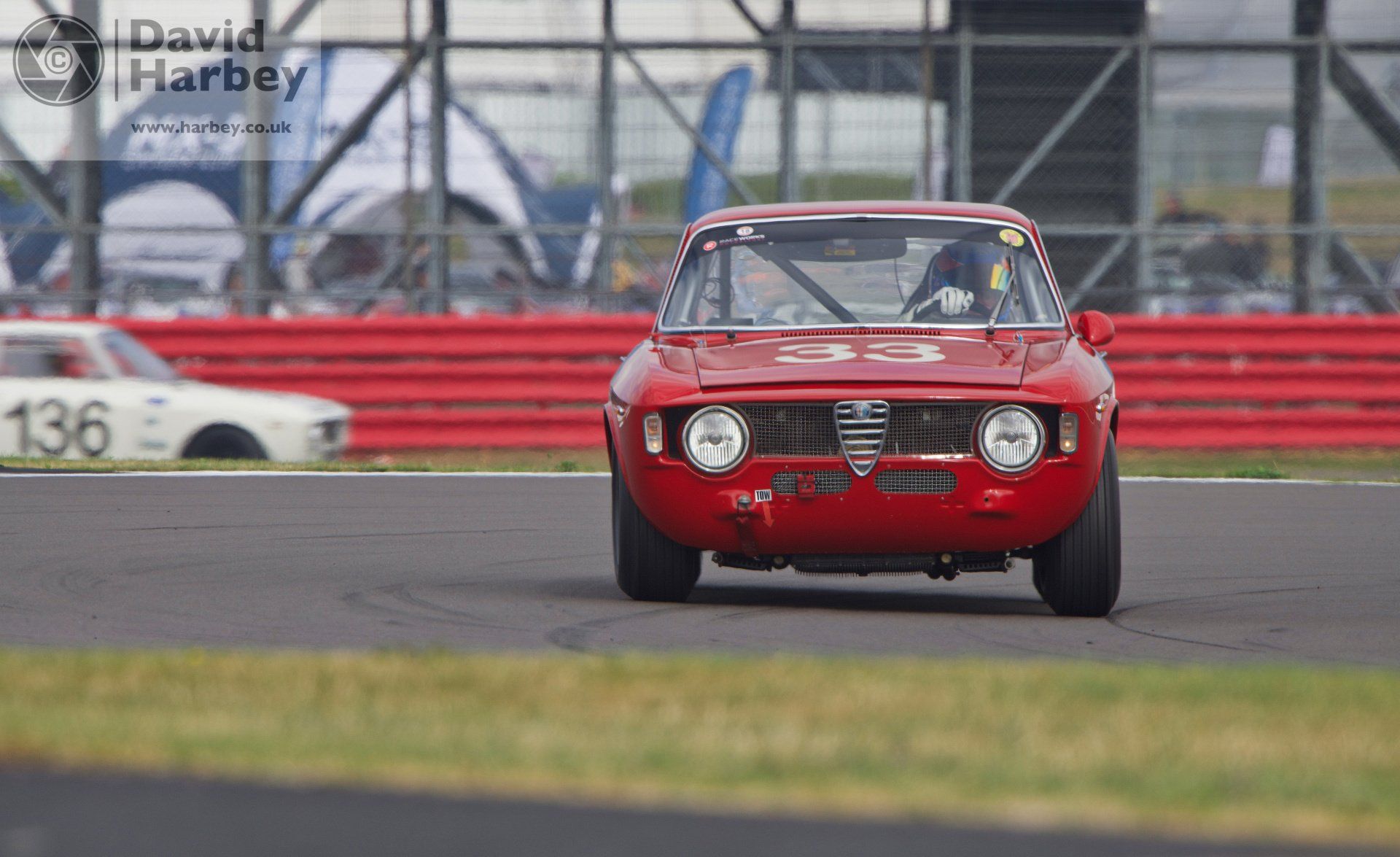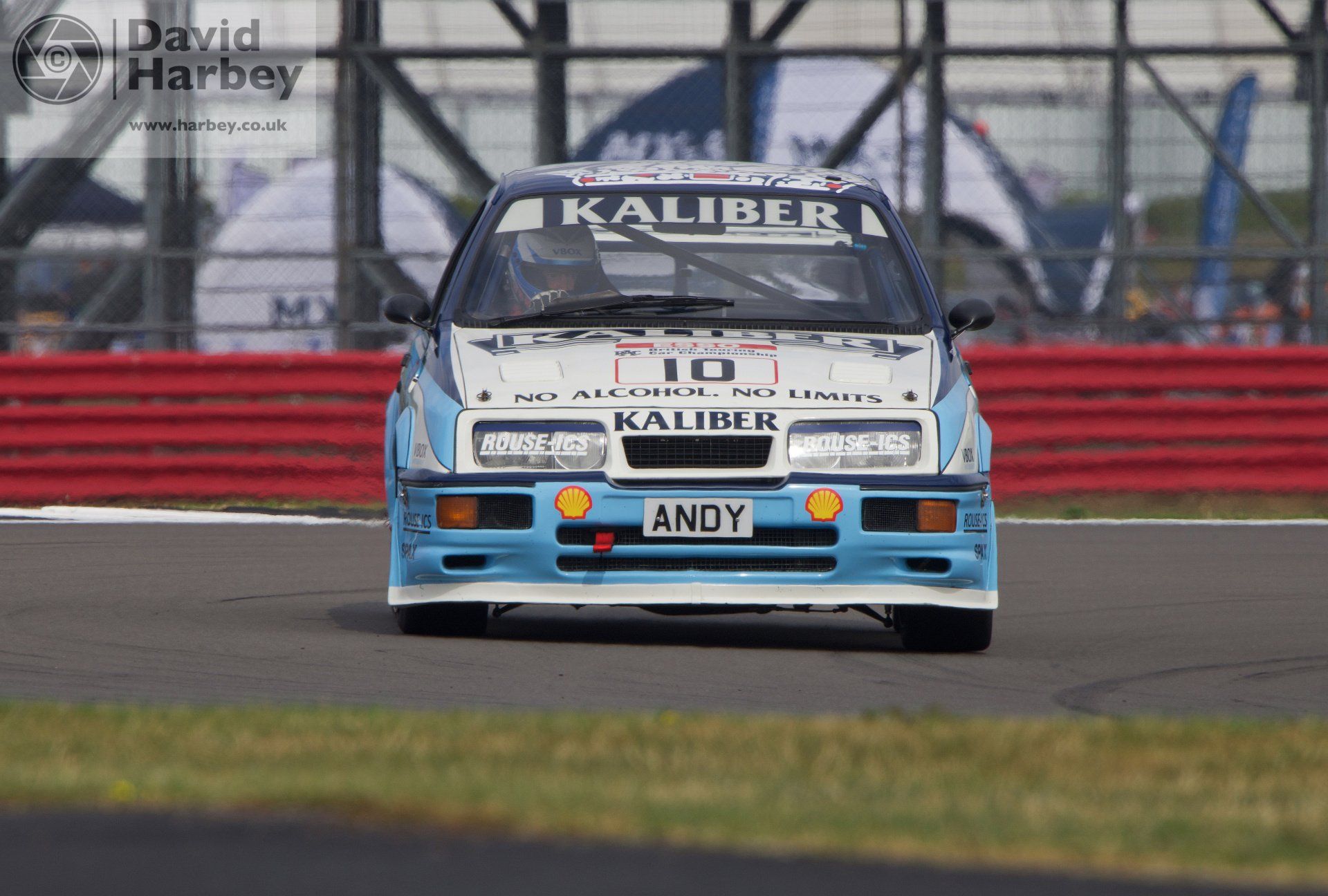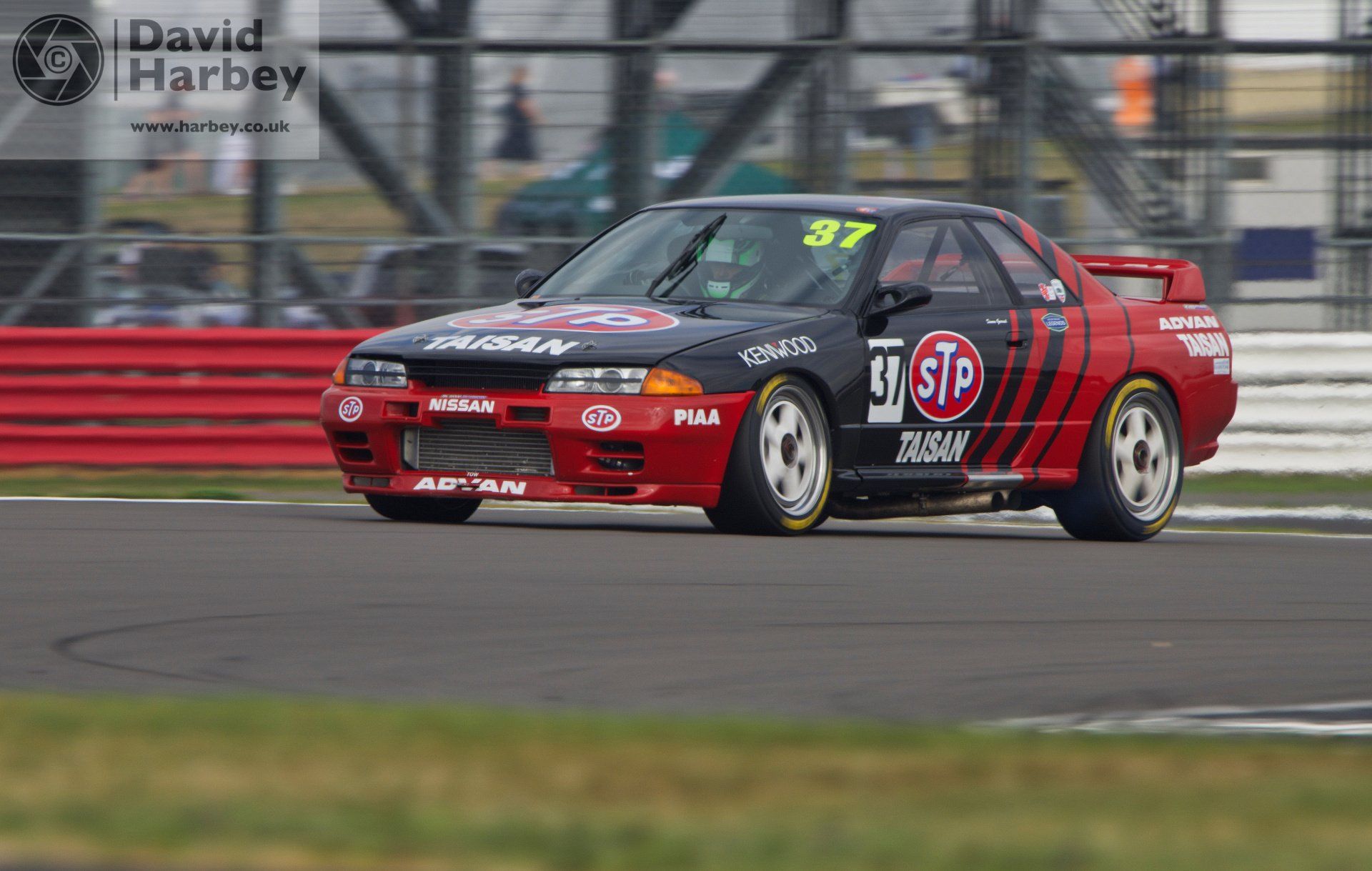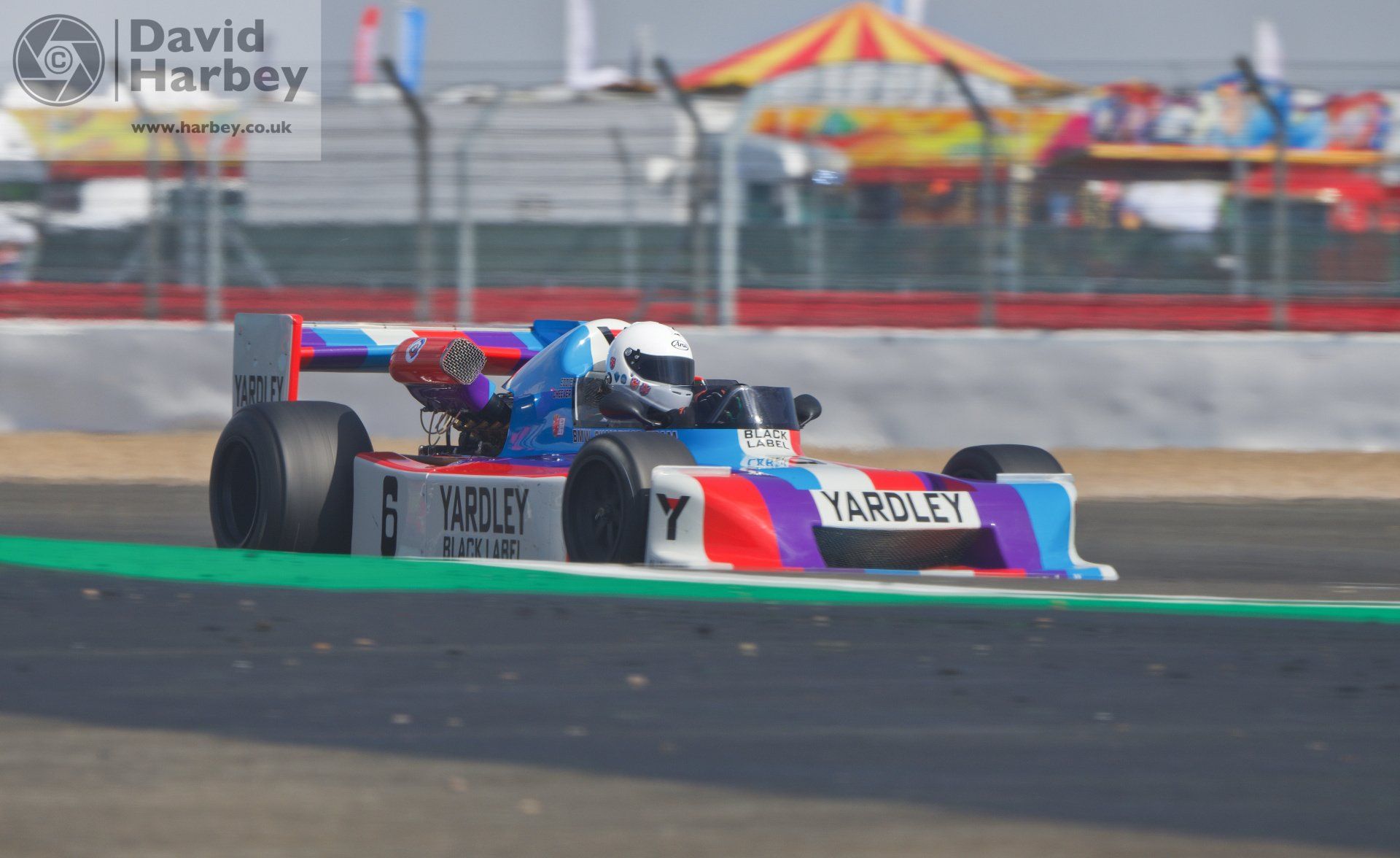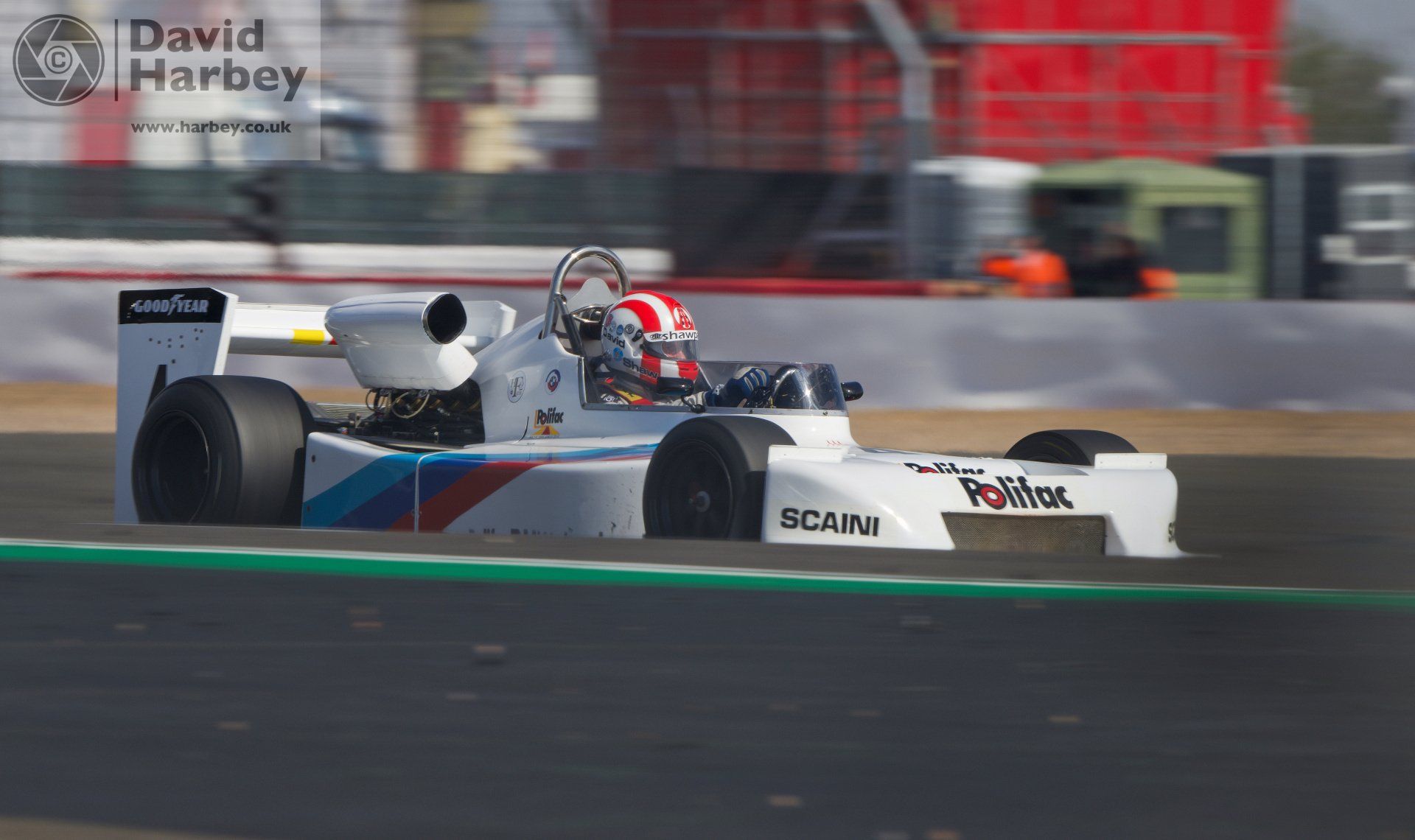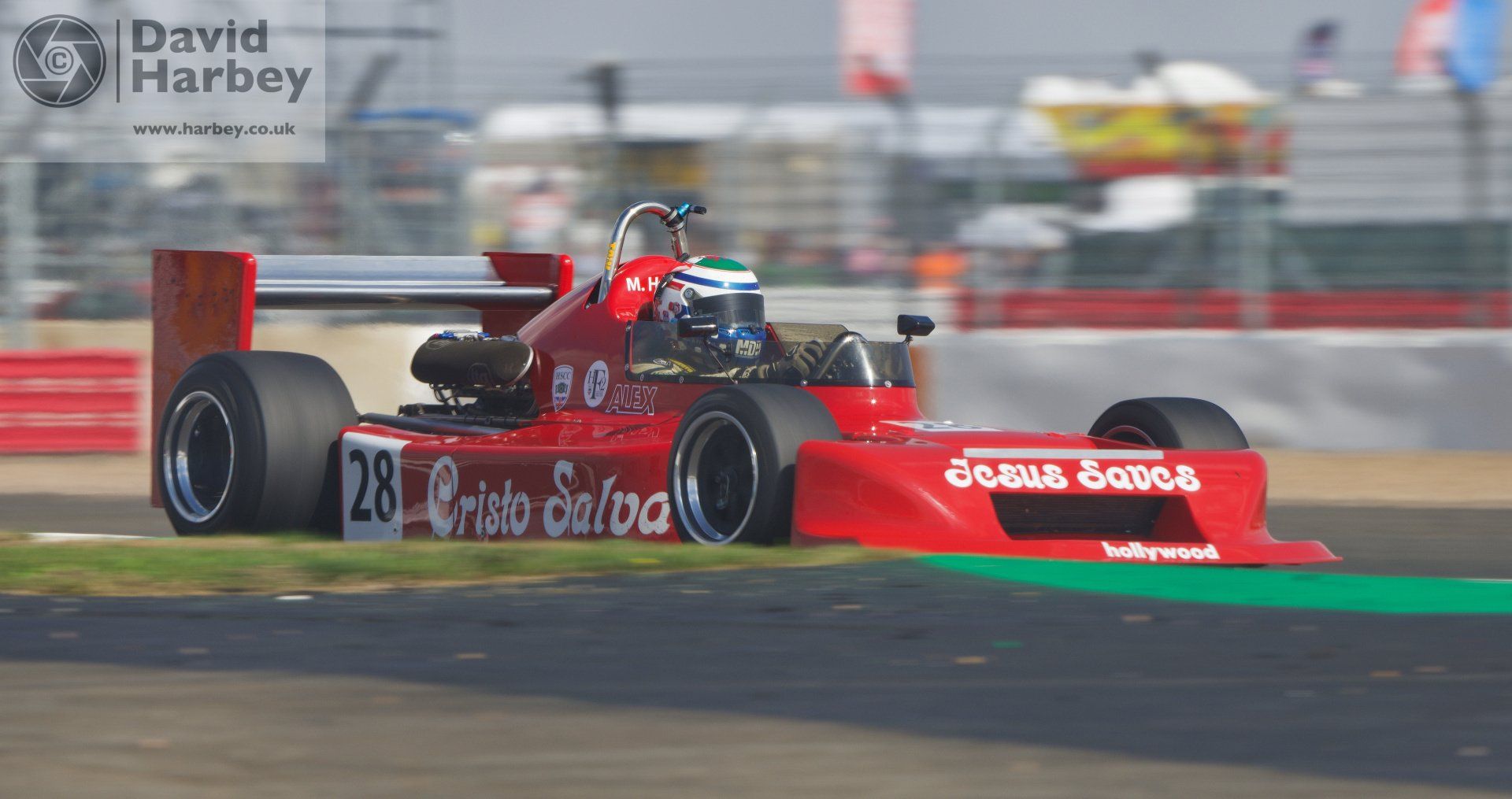Long Focal Length Motorsport Lenses
A PistonClick real world review of the AF-S Nikon 300mm f/4E PF ED VR and the AF-S Nikon 500mm f/5.6E PF ED VR attached to a Nikon D850 camera body.
Report by David Harbey.
30 August 2022
When shooting at Silverstone, taking the Nikkor 200-500mm superzoom is pretty much a given. The flexibility of the zoom lens and the need for a long focal length for much of the circuit means that it is the choice of pros and non-pros alike. However, it is big, slightly unwieldy and unless you are a regular at your local gym not so easy to use without a monopod. However, there are options, including the Nikkor 300mm PF and 500mm PF lenses.
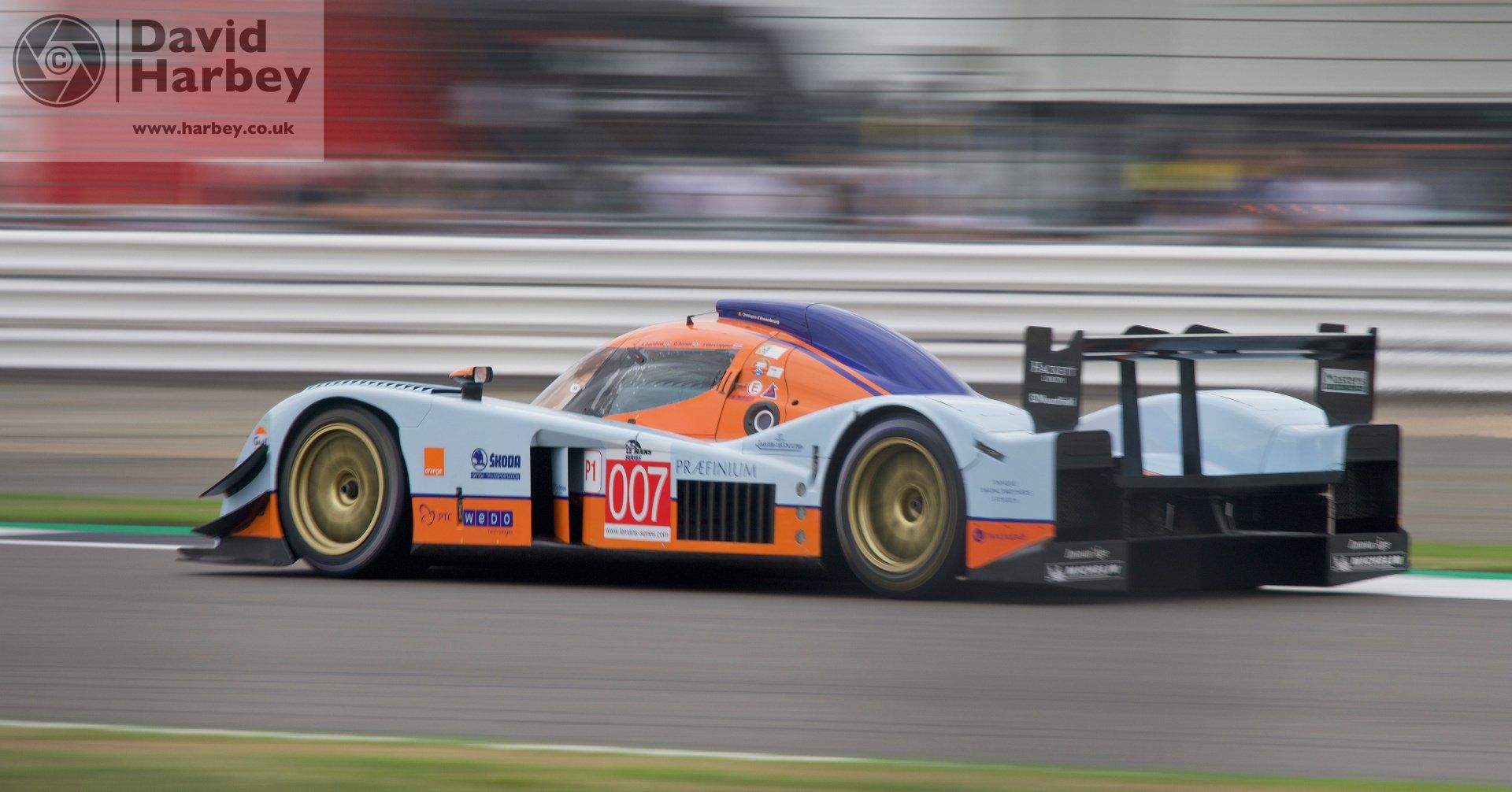
I’d purchased a 300mm PF lens over the summer having talked to Tony at PistonClick and Guy Swarbrick, the Alfa Romeo Owners Club magazine editor and pro photographer who covers cycling and motorsport.
He’d been using a 300mm PF and was very enthusiastic about the lens. It is also compatible with the TC 1.7 teleconverter giving the option of 300mm or 510mm focal length.
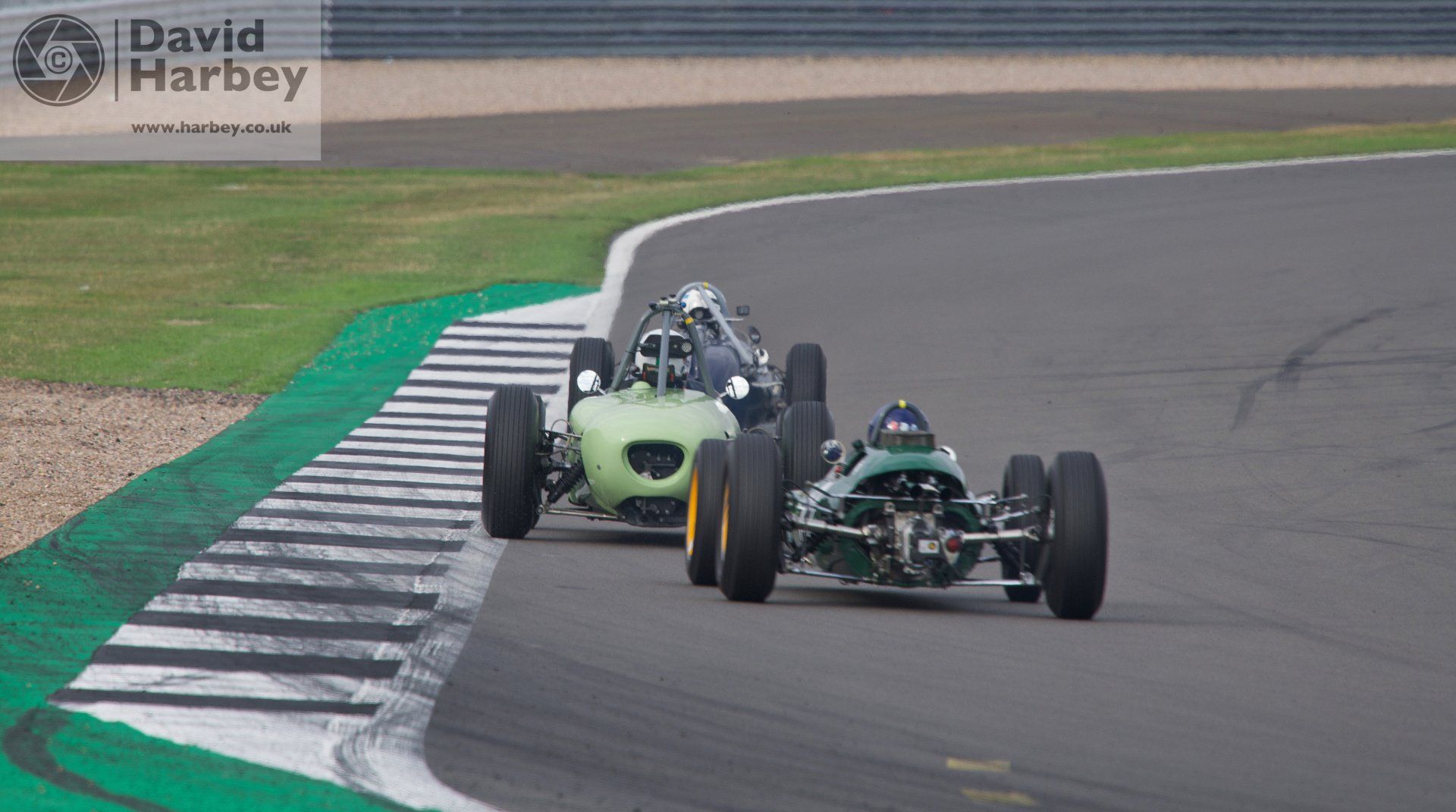
The lens is shorter and lighter than the 70-200mm zoom, even using the teleconverter, and is fast becoming my lens of choice for a range of circuits. The PF refers to phase fresnal, the arrangement of the glass inside the lens to achieve a light and compact design – you can find reviews on the internet if you want more technical details!
There are though, even at Silverstone, some places where 300mm is too long. The shots here really needed no more than 200mm but I was travelling light and so stepped back a little from the fence.
The shots above have all been at 300mm focal length, some through fences, some not. Attaching the 1.7 teleconverter gives the “long” end of the superzoom at 510mm. The lens is still manageable and very similar with the teleconverter attached in weight and length to the 70-200mm.
Guy had the loan of a 500mm PF lens from Nikon for the Commonwealth Games cycling events and had managed to hang on to it for a little longer and offered me the chance to try it out. We met up at the Complex where there are a few gaps in the fence between Village and Aintree (that’s turns 3, 4 and 5 for the young people). Suffice to say, I liked it!
Being greedy for focal length, I added the teleconverter. Once you get to 850mm, autofocus starts to hunt a little, but as you will see below, some good images were achieved. The only disappointment was that the Skyline had stopped flaming out on the over run to The Loop. The Sierra Cosworth and Skyline images are only slightly cropped.
As we chatted, the cars on track changed to Formula 2. I’d gone back to just the 500mm lens and shot through the fence as the cars approached The Loop. It’s not an angle I have tried before and was reasonably pleased by the results.
Would I like to add a 500mm PF to my collection – yes please ! Neither the 300mm nor the 500mm are cheap – the business case is being drafted as we speak!
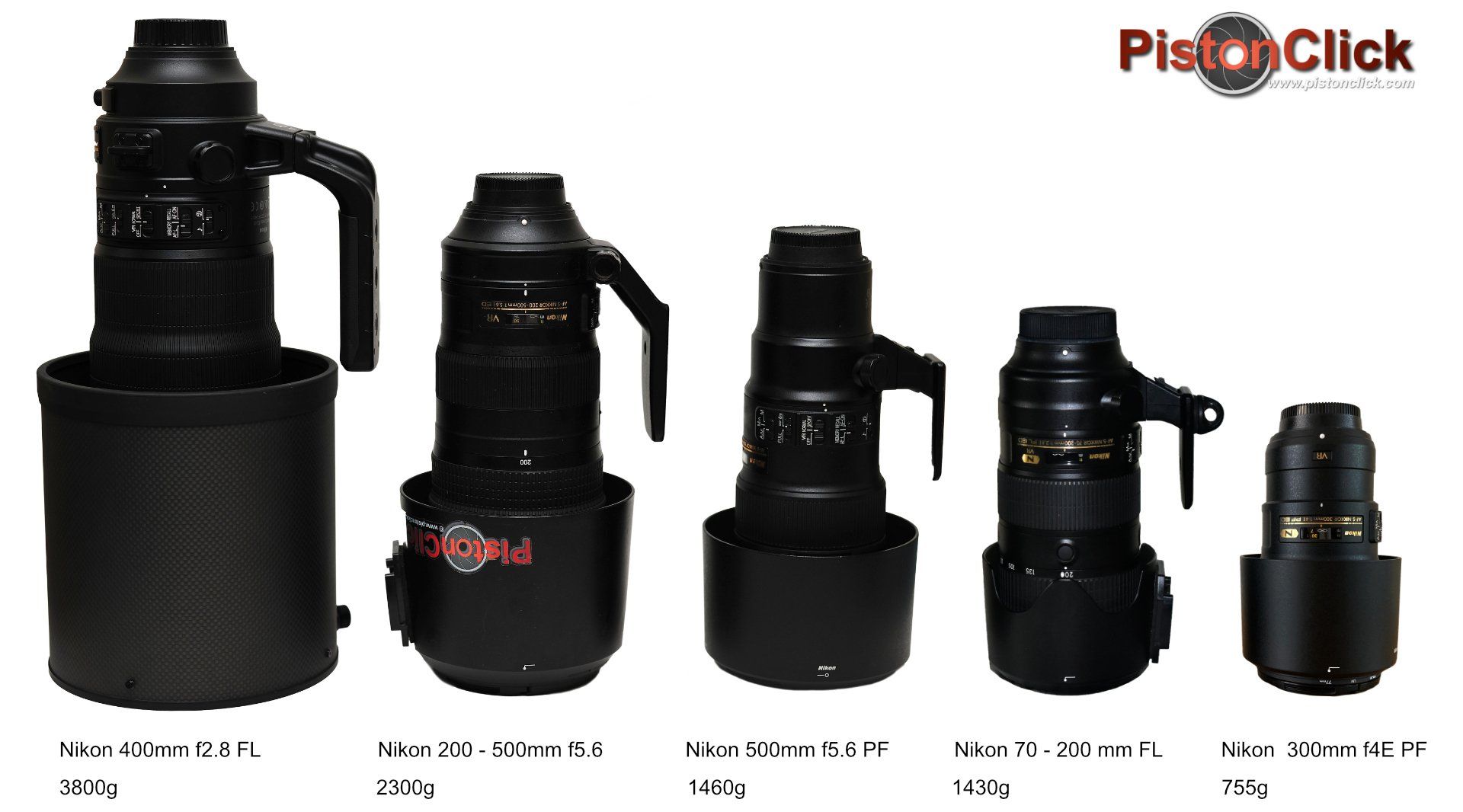
| AF-S Nikon 300mm f/4E PF ED VR | |
|---|---|
| Maximum aperture | f/4 |
| Minimum aperture | f/32 |
| Lens construction | 16 elements in 10 groups (1 PF and 1 ED glass element) |
| Angle of view | 8°10' [5°20' with Nikon digital cameras (Nikon DX format)] |
| Minimum focus distance | 1.4m |
| Maximum reproduction ratio | 0.24x |
| No. of diaphragm blades | 9 (rounded) |
| Filter attachment size | 77mm |
| Diameter x length | Approximately 89 x 147.5mm |
| Weight | Approximately 755g |
| Supplied accessories | Front lens cap LC-77, Rear lens cap LF-4, Lens Hood HB-73, Lens Case CL-M3 |
| AF-S Nikon 500mm f/5.6E PF ED VR | |
|---|---|
| Maximum aperture | f/5.6 |
| Minimum aperture | f/32 |
| Lens construction | 19 elements in 11 groups (including 3 ED lens elements, 1 PF (phase Fresnel) lens element, lens elements with Nano-Crystal coatings, and a fluorine-coated front lens element) |
| Angle of view | Nikon FX-format D-SLR cameras: 5°, Nikon DX-format D-SLR cameras: 3° 10' |
| Minimum focus distance | 3.0 m (9.8 ft) from focal plane |
| No. of diaphragm blades | 9 (rounded diaphragm opening) |
| Filter attachment size | 95 mm (P = 1.0 mm) |
| Diameter x length (extension from lens mount) | Approx. 106 mm maximum diameter x 237 mm (distance from camera lens mount flange) |
| Weight | Approx. 1460 g (3 lb 3.5 oz) |
Editorial comment
I used the 500mm f/5.6E PF matched to a Nikon D3X at last year’s British Super Bikes at Cadwell Park and found it to be a very competent motorsport lens that was sharp and quick to focus even on my now rather old camera body.
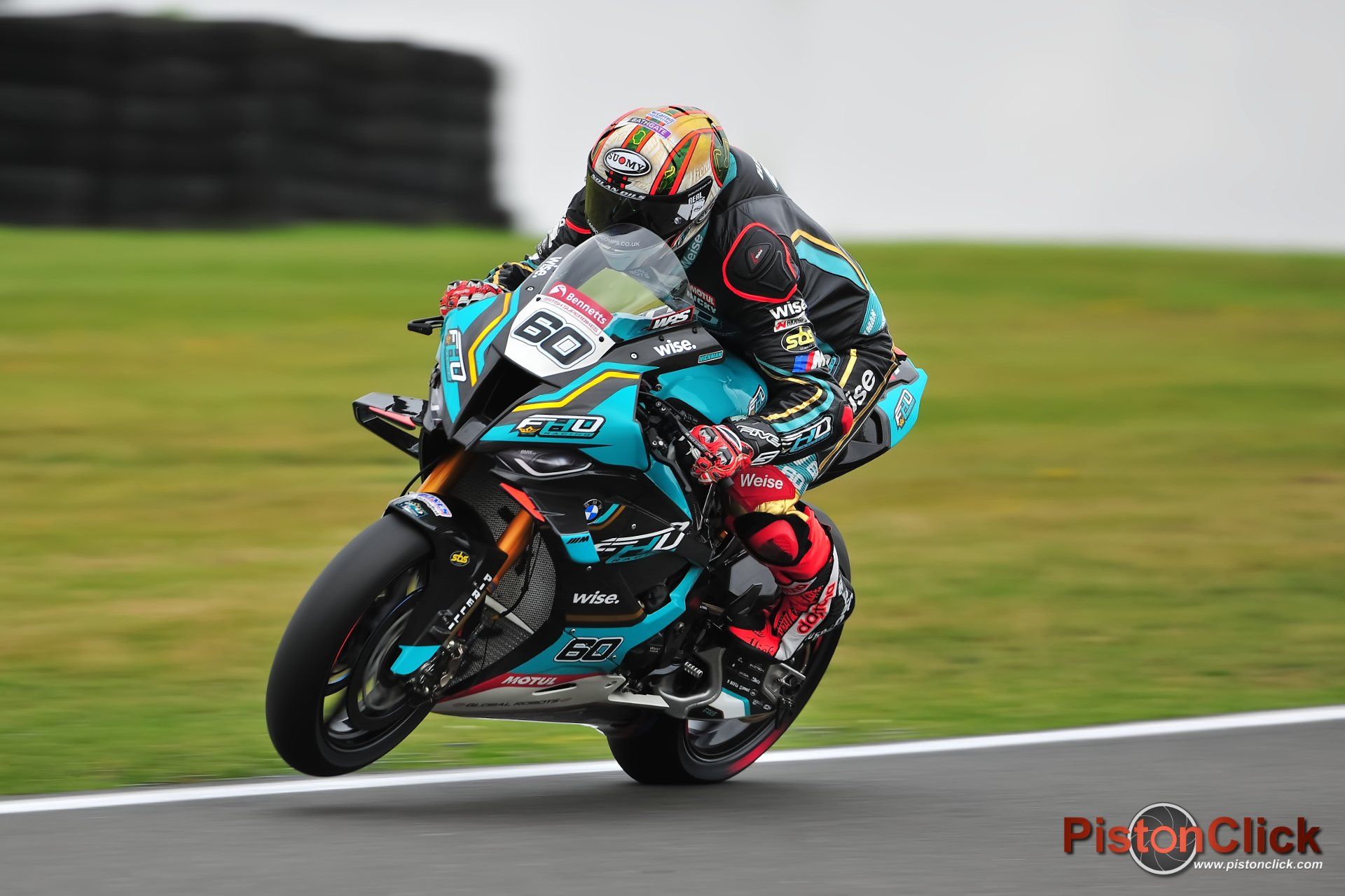
As David has said these lenses are small and light and for me that is the only aspect I didn’t like. After years of swinging a long large, heavy lens my muscle memory found it hard to adapt to the short length and light weight of the 500 PF. I found myself over compensating and getting ahead of the action therefore missing the shot.
I only used the lens for a short period of time and I’m sure if this was my main long focal length lens with a bit of practice I would adapt. To be fair this was the only issue I had with the lens and the image quality is excellent even after our web host has compressed and optimised the image for the world wide web!
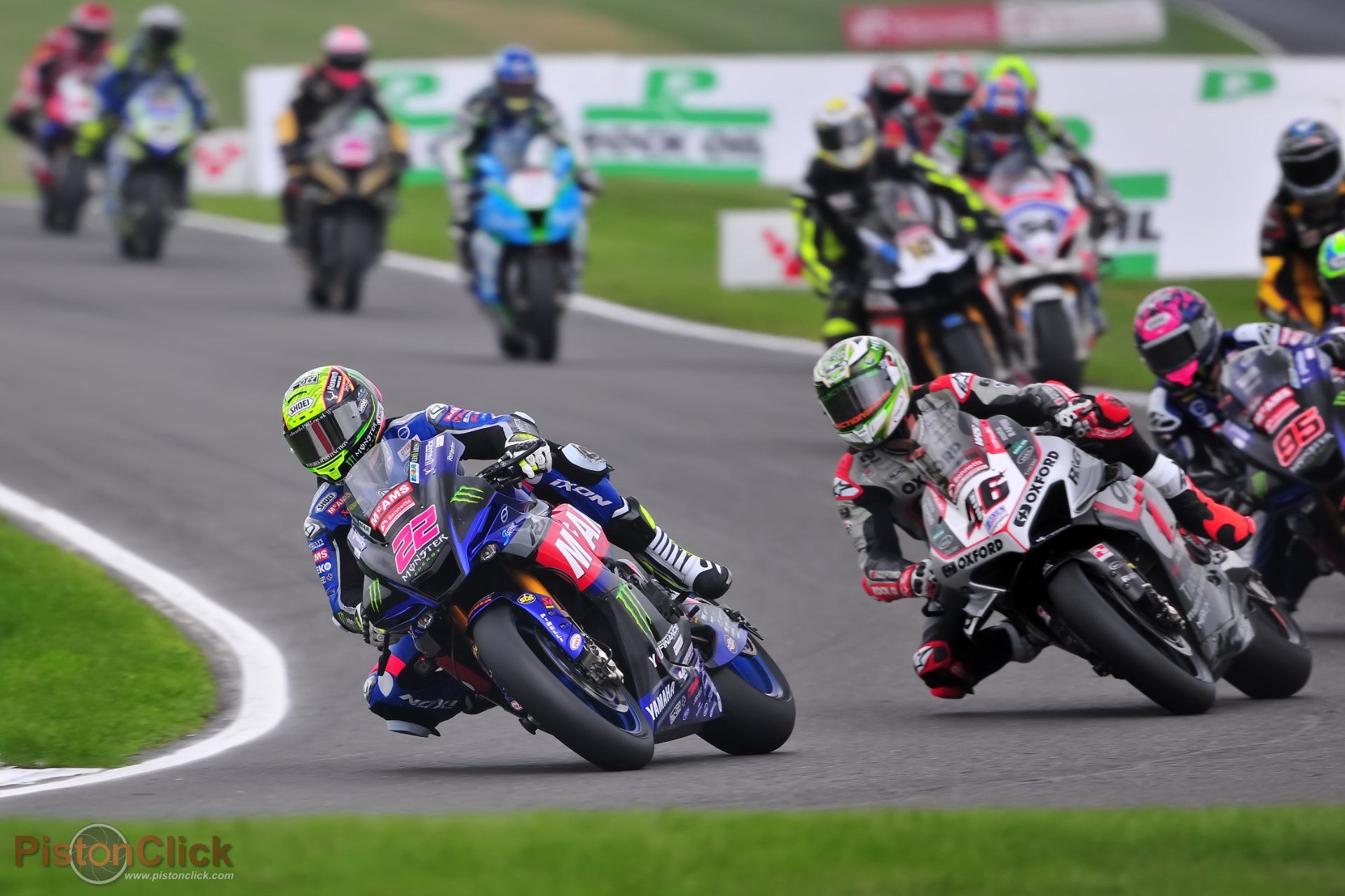
As the trend in photography is now the mirrorless systems which are small and light with corresponding smaller and lighter lens that the DSLR equivalent this is something that I am probably going to have to confront in the coming years.
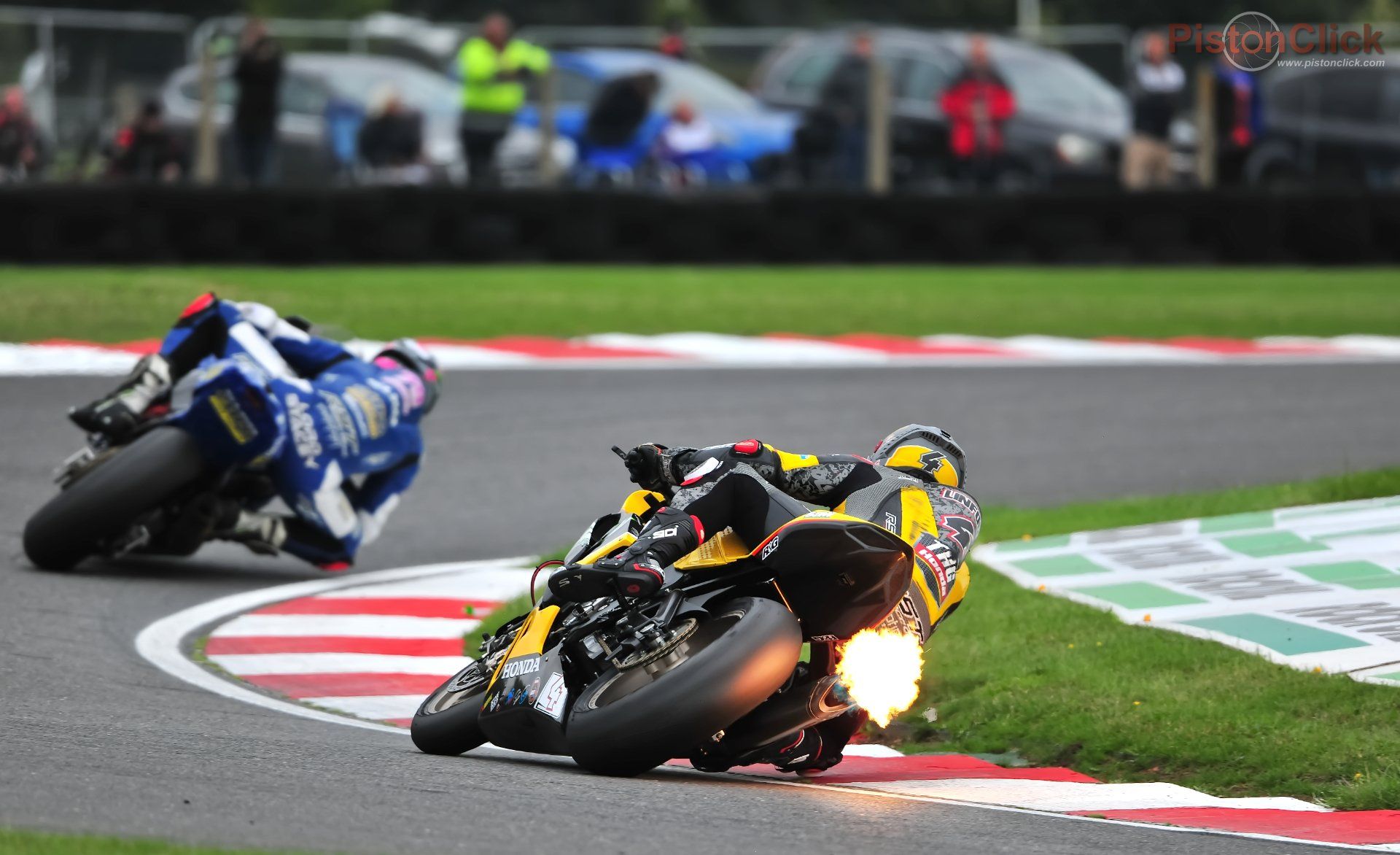
To sum up the 300 and 500mm PF are good motorsports lenses that are quite expensive for the amateur photographer. The 500mm PF is £3699 and the 300mm PF is £1999. Compared to the £10999 Nikon 500mm f/4E FL ED VR the 500mm PF is 15cm shorter and 1630g lighter so will make sense to the photographer who is looking for a light weight alternative prime.
You can share this review with your friends on Social Media.

